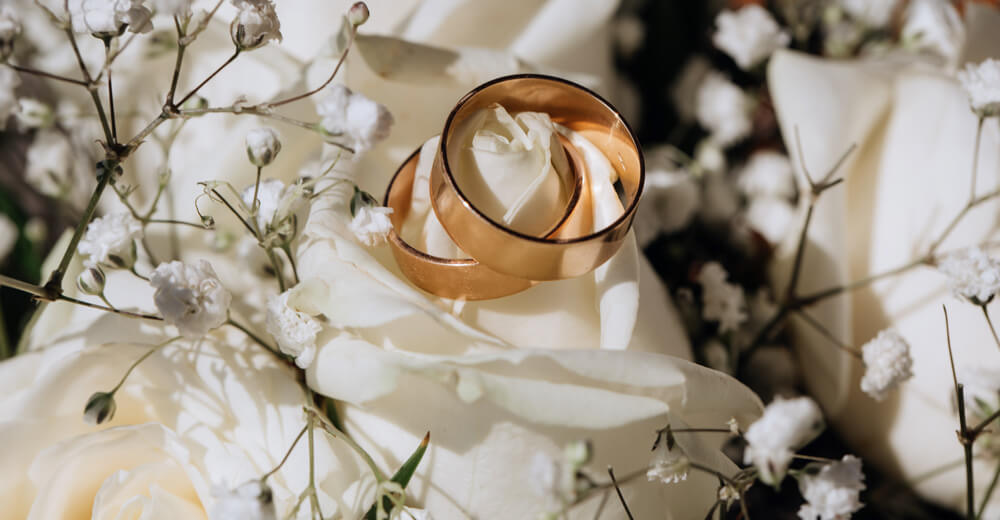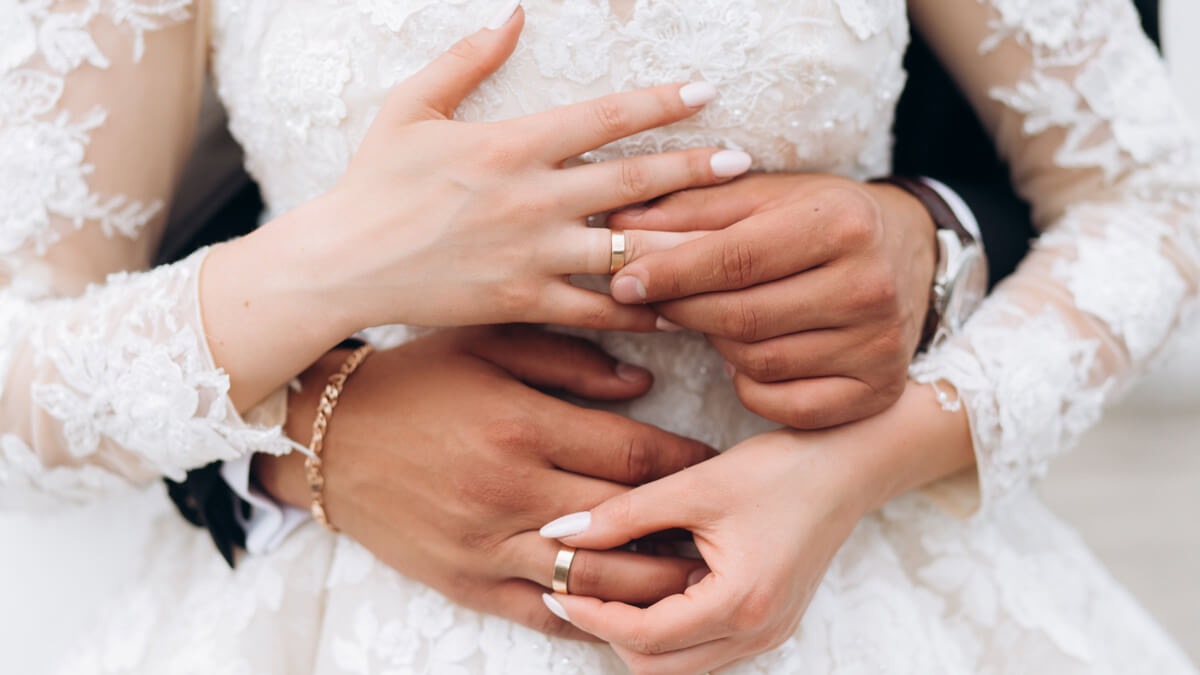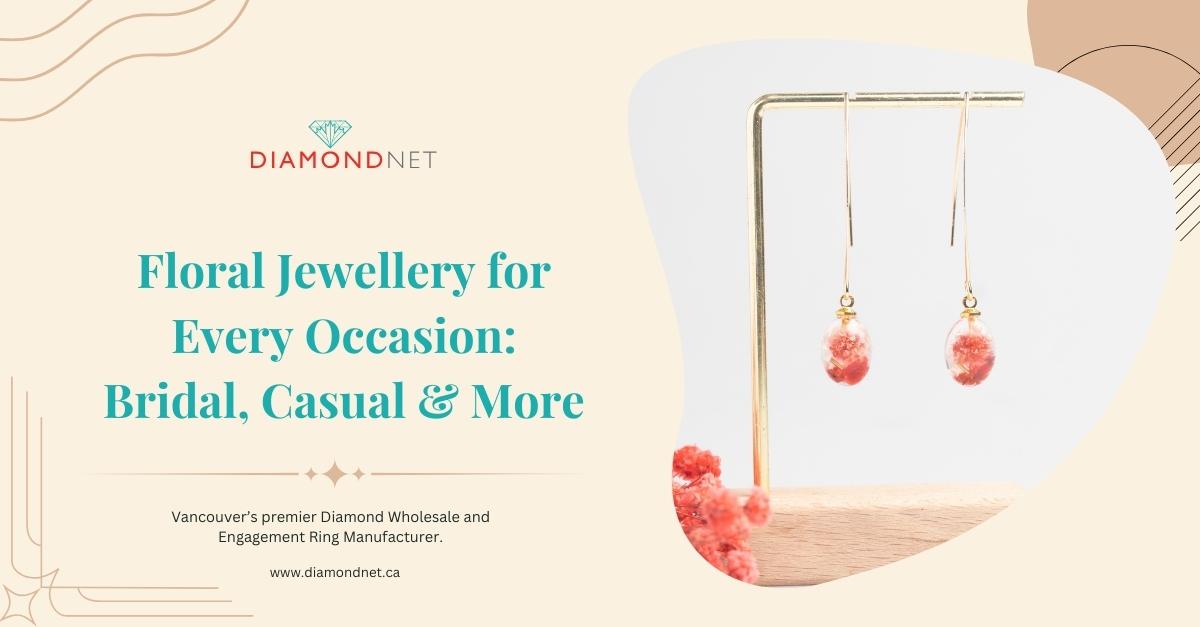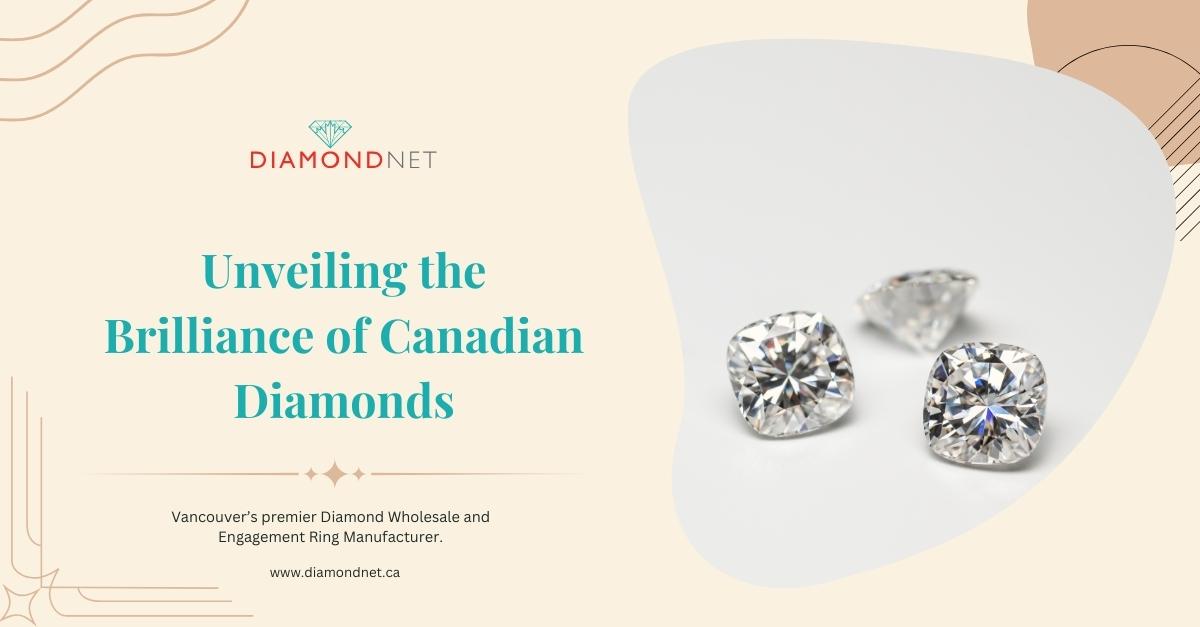What About Wedding Band Thickness?
When people talk about engagement and wedding rings, diamonds and gold are usually the main topics of discussion. But even if you’ve picked the perfect combination of ring elements, the thickness of the band can make a huge difference to how it actually looks on your hand. A beautiful diamond on an elegant hand can be dimmed by a too-thick band. Engagement and wedding bands come in a range of widths.
While some brides are looking for a delicate, elfin feel, others prefer a chunky band make a statement and stand out on their finger. Read on for some helpful tips to making the right choice.
How wide a wedding band is?
Wedding bands can range from as thin as 1mm to as wide as 12-15mm. Extremely thin or wide styles are less popular, with 3-4mm being the most common (and potentially the most practical) widths as they combine elegance with longevity. A wedding or engagement band for a woman is considered a ‘wide’ ring if it’s over 6mm. These fall into the realm of statement wedding rings and are ideal if you like something unique and non-traditional.
Thin wedding bands are usually 1-2mm. Stylish and petite, this width is adored by women who love elegant, itty-bitty things, or those with slim hands. 2mm is the standard choice; 1mm bands are starting to border on too thin as they can break easily.
3mm wedding bands are sometimes referred to as ‘spaghetti’ bands. This is one of the most popular choices for most women because it’s both stylish and durable. This width looks good with single-stone and solitaire settings, and still has the effect of lengthening the finger and hand.
Almost as popular is the 4mm ring. These bands are still not-too-thick and look great with most engagement rings. They are also a great option if you want a band that’s a size bigger from the start in order to avoid having to resize it in the future.
A more contemporary option that a lot of women also like is the 5mm band. Keeping with the pasta theme, you can think of this width as a ‘linguine’ band. Not super wide or super thin, this band is a little too thick to be considered delicate but can still do a marvelous job of showing off a gemstone.

Okay—6mm. The final of the “not officially thick” sizes, 6mm bands are another very modern choice that some women love. They are thick enough to work well with many designer styles and are an impressive and bold choice. If you prefer more classy and dainty jewelry, this may not be for you.
When we move up to 7-12mm we are embracing wide and extra wide ring styles. If it’s a new style for you, it can be uncomfortable to wear initially. This used to be a category reserved for men wedding rings, but women are starting to appreciate the statement these larger bands make. The wider you go, the more attention-getting the ring becomes.
What wedding ring width should I choose?
If you think you’d suit 3mm or less, make sure to find an extra tough metal like titanium or tungsten. More durable bands will have a better chance of surviving the inevitable wear and tear of life. If you want something wider, you’ll need to make sure that width and style will be something you’ll enjoy even as trends ebb and flow. Thicker rings are thought of as “uncomfortable” even though that’s not necessarily the case. They just have more surface area and touch more of the skin on the finger.
To summarize, if your fingers and hands are slim, you’ll likely prefer the way a thinner ring looks. Likewise, if you tend to choose classically stylish and dainty jewelry, thinner will be the way to go. If you consider yourself a modern trendsetter who isn’t drawn to classic jewelry, a thicker wedding band might just suit you better.
If you want your wedding band to be identical to your hubby’s, the 6-8mm range is where men and women typically overlap.



